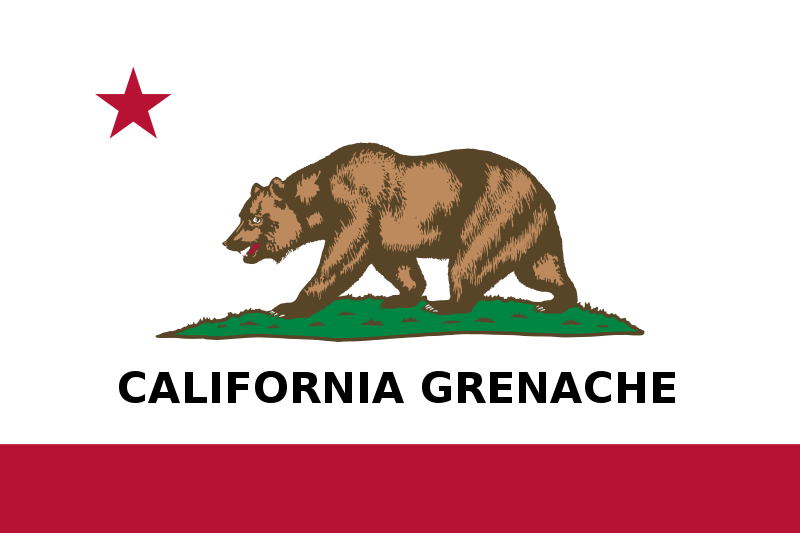The vineyards of this historic longhorn cattle ranch overlook the Capay Valley from a vantage point 2,000 feet high in the Vaca mountains to the east and bordering Napa county to the west. I am told that the high elevation produces terroir-driven wines, “serious, elegant wines, packed with fresh fruit and stunning minerality.” The AVA is a youngster, formed in 2002.
The Capay Valley was settled in the 1850s, and vines were planted in the next decade. The grapes at Casey Flat Ranch were planted much more recently, in 2002 and 2008. Soil conditions at 2,000 feet on the ranch range from rocky to sandy, with a sandstone base. Temperatures are similar to northern St. Helena, with a swing of 40 degrees between daytime and night - suitable for Bordeaux and Rhône varieties. Casey Flat Ranch utilizes sustainable vineyard practices and is home to a variety of wildlife, including 200 Texas Longhorn cattle.
Twitter users who participated in the tasting event did their homework before logging on. @wineandgoodfood found that “Viognier, Syrah, Cabernet, Cab Franc, and Tempranillo are among the grapes that dominate the Capay Valley AVA.” @WineJulia commented that “Casey Flat Ranch is totally off the grid! Solar powered - very cool” @MsPullThatCork let us know that “Sustainable farming practices a high priority at CFR. They're solar powered! “ After the event, @winethropology summed it up for us all: “Terrific line-up tonight - Informed consumers should definitely keep eyes peeled for this emerging wine”
Those in the Twitter-verse loved the Casey Flat Ranch Sauvignon Blanc 2013. From @WINEormous: “really love the nose on the 2013 Casey Flat Ranch Sauvignon Blanc. Tons of peaches. Great price point - $18” @martindredmond said,: “Loving the Casey Flat Ranch Sauvignon Blanc. Made with Musque clone. Aromatic, Crisp, refreshing!” @Luscious_Lushes agreed. “I love the Musque clone. It gives it such a roundness and floral quality that i love,” adding later, “Ok madly in love with tis SB. It has all of the juicy acidity but none of the bite. crisp granny smith apples. REFRESHING.” @WineJulia tweeted,: “What a gorgeous tropical nose on the SavBlanc. Pineapple, limes, grapefruit!” And @winethropology was similarly blown away. “Seriously, this Sauv Blanc is insanely captivating. Wow.”
The wine is quite pale in color, with a floral peach aroma on the nose which has an herbaceous tint to it. A very slight funky note plays across the fruit. The Musqué clone of the Sauvignon Blanc grape is highly expressive and typically has a strong floral element to it. The palate is fresh and delightful, the way we like our Sauvignon Blanc, and is drenched in nectarines and acidity. It is the acidity which makes this a great food wine, and it's the lovely fruit and flowers combo that makes it so good to sip on its own.
Follow Randy Fuller on Twitter





